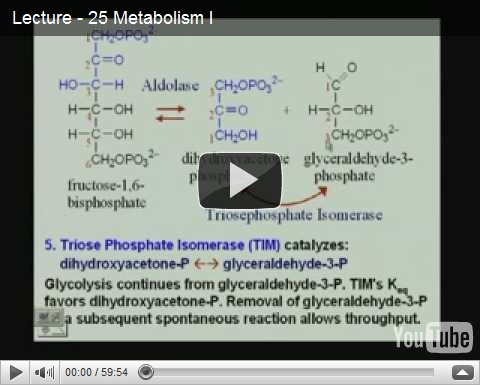Metabolism (pronounced: muh-tah-buh-lih-zum) is a collection of chemical reactions that takes place in the body's cells. Metabolism converts the fuel in the food we eat into the energy needed to power everything we do, from moving to thinking to growing. Specific proteins in the body control the chemical reactions of metabolism, and each chemical reaction is coordinated with other body functions. In fact, thousands of metabolic reactions happen at the same time — all regulated by the body — to keep our cells healthy and working.
Metabolism is a constant process that begins when we're conceived and ends when we die. It is a vital process for all life forms — not just humans. If metabolism stops, living things die.
Here's an example of how the process of metabolism works in humans — and it begins with plants. First, a green plant takes in energy from sunlight. The plant uses this energy and a molecule called chlorophyll (which gives plants their green colour) to build sugars from water and carbon dioxide. This process is called photosynthesis, and you probably learned about it in biology class.
When people and animals eat the plants (or, if they're carnivores, they eat animals that have eaten the plants), they take in this energy (in the form of sugar), along with other vital cell-building chemicals. The body's next step is to break the sugar down so that the energy released can be distributed to, and used as fuel by, the body's cells.
After food is eaten, molecules in the digestive system called enzymes break proteins down into amino acids, fats into fatty acids, and carbohydrates into simple sugars (e.g., glucose). In addition to sugar, both amino acids and fatty acids can be used as energy sources by the body when needed. These compounds are absorbed into the blood, which transports them to the cells. After they enter the cells, other enzymes act to speed up or regulate the chemical reactions involved with "metabolizing" these compounds. During these processes, the energy from these compounds can be released for use by the body or stored in body tissues, especially the liver, muscles, and body fat.
See the Lecture Video
Lecture Series on BioChemistry I by Prof.S.Dasgupta, Dept of Chemistry, IIT Kharagpur.




0 comments:
Post a Comment